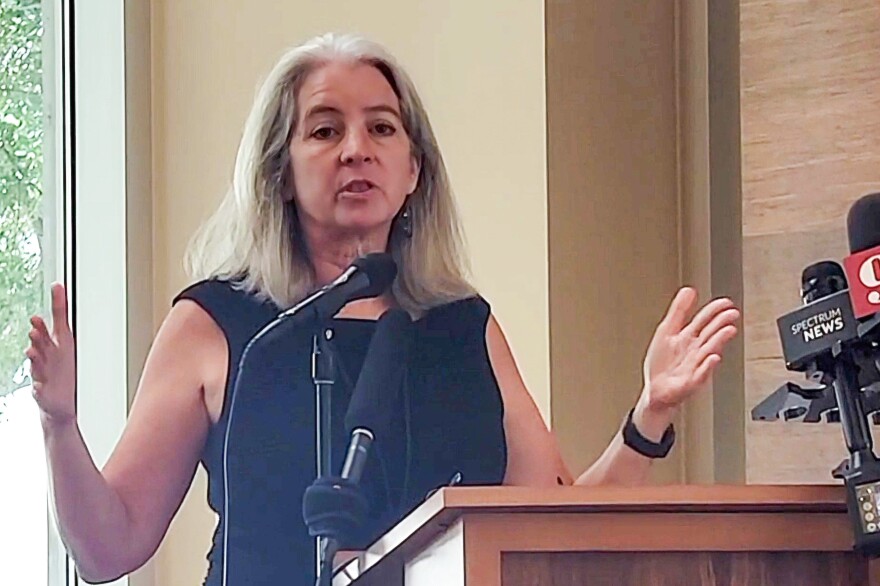An annual census of people experiencing homelessness in Central Florida found an increase, including more than twice as many who are unsheltered compared to last year.
The Homeless Services Network of Central Florida says the results are “tragic.” This year’s Point-In-Time Count showed unsheltered homelessness in the Orange, Osceola and Seminole tri-county area is up 105% since the last count in 2023.
On a single night, the overall number of people experiencing homelessness across the three counties was found to be 2,883. Among those 1,201 were unsheltered.
The PIT Count is a federally-mandated census of people who are homeless, and the U.S. Department of Housing and Urban Development has designated the nonprofit network as the official agency to carry it out for the region. The process is conducted by volunteers who head out logging each individual they find living in shelters or unsheltered, like in cars, in tents, or in the woods.
Network CEO Martha Are said that, for the first time, over half of the homeless population 65 and older is living without shelter.
“It’s devastating,” Are said. “It is a tragedy for everyone forced to survive without housing, and it’s especially a tragedy, for instance, for the growing numbers of elderly women who are becoming homeless for the first time in their lives. For these seniors, especially, the experience of homelessness is absolutely terrifying.”
This year, the count drew four times as many volunteers as it did last year. Because of that, Are said, the “troubling” results are more accurate and reliable.
According to the report, the findings mirror what local nonprofits have been witnessing. On the whole, homelessness is up 28%, with unsheltered homelessness showing the most dramatic spike — an increase that Are said was “sad but not totally unexpected.”
There was no count in 2021 due to the pandemic, but Are said the numbers have been rising steadily since. She said a majority of cases are "former neighbors," people who used to be housed in the Central Florida community.

“We have been warning the community for many years that we were going to see an increase,” Are said. “The Central Florida region has been identified by the National Low Income Housing Coalition as having one of the worst housing markets in the country, and that's been a very consistent place for us for the last six or seven years.”
Are said that as the need grows, funding and housing haven’t kept pace. In October, for the first time in its 30-year history, the HSNCFL held a fundraiser.
In a statement, the network said overall funding for permanent supportive housing, which is needed for people with disabilities, now pays for 200 fewer beds than it did a year ago.
Are also said that rent prices remain near an all-time high in Central Florida, which is pricing people out of their homes. Last year, Orange County had its highest number of eviction case filings in 10 years.
“Despite these overwhelming challenges, in the past year, we’ve helped over 6,900 people move into long-term, stable housing,” Are said. “But when you have nearly twice that number becoming homeless, you can see what the problem is. We must somehow stem the tide.”
Currently, she said, the region has a deficit of more than 57,000 units for extremely low-income households and needs another 95,000 for workers earning the median income.
Lillian Hernández Caraballo is a Report for America corps member.






